What you need to know about Hanukkah
The Jewish holiday known as the Festival of Lights begins at sundown on Dec. 2.
— -- Hanukkah, the winter Jewish holiday also known as the Festival of Lights, begins at sundown on Dec. 2.
Jewish people around the world celebrate this traditional holiday that lasts eight nights. The festival is not a “High Holy Day,” like Yom Kippur or Rosh Hashanah, but it is a joyful celebration that recounts the story of a miracle.
What Hanukkah celebrates
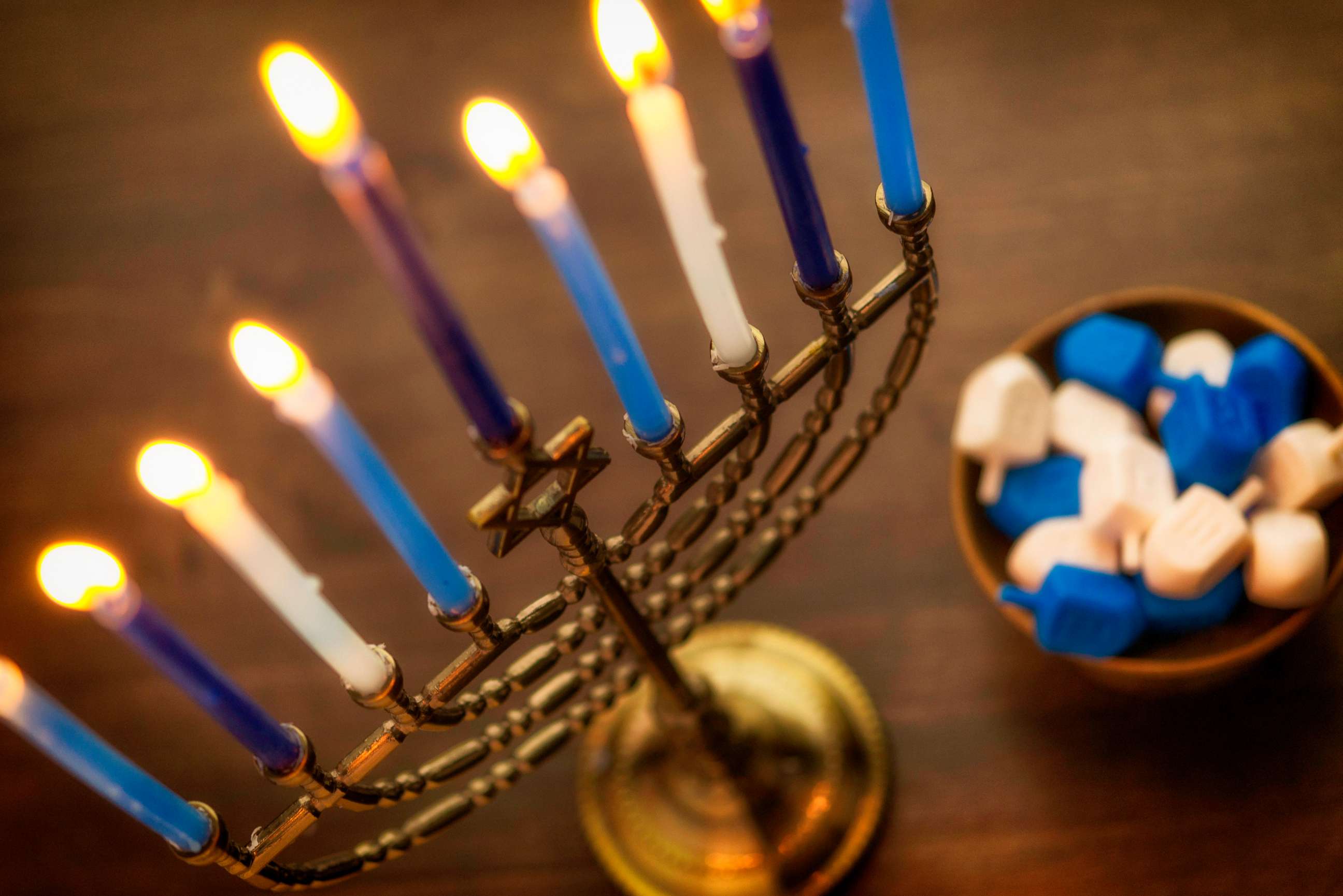
Hanukkah commemorates the story of the Maccabees, or Jewish fighters, and their victory over the Syrian-Greek army, according to Chabad.org.
According to the Torah, the Maccabees reclaimed the Holy Temple in Jerusalem and cleared it of idols that had been placed inside by the Syrians, a practice forbidden in Jewish law. The Maccabees wanted to light the temple’s seven-branched candelabrum, or Menorah, but realized they only had enough holy oil for one night. According to the story, a miracle happened and the oil lasted for eight days, allowing enough time to prepare new oil in the religious tradition. Now, Jewish people commemorate the miracle by lighting a Hannuhkiah, a special type of menorah that has eight regular candles and one special candle.
How Hanukkah is observed
The holiday begins on the evening of Kislev 25 in the Jewish lunar calendar, which generally falls sometime between late November and late December.
The Shamash, or special “attendant” candle, is lit first each night. It is then used to light all the other candles. On the first night, the Shamash would be used to light one other candle, on the second night, the Shamash is used to light the first and second candles, and so on. This continues every night until the eighth and final night of Hanukkah. Special prayers are said when lighting the candles and the lit Hannukiah is placed in a doorway or window.
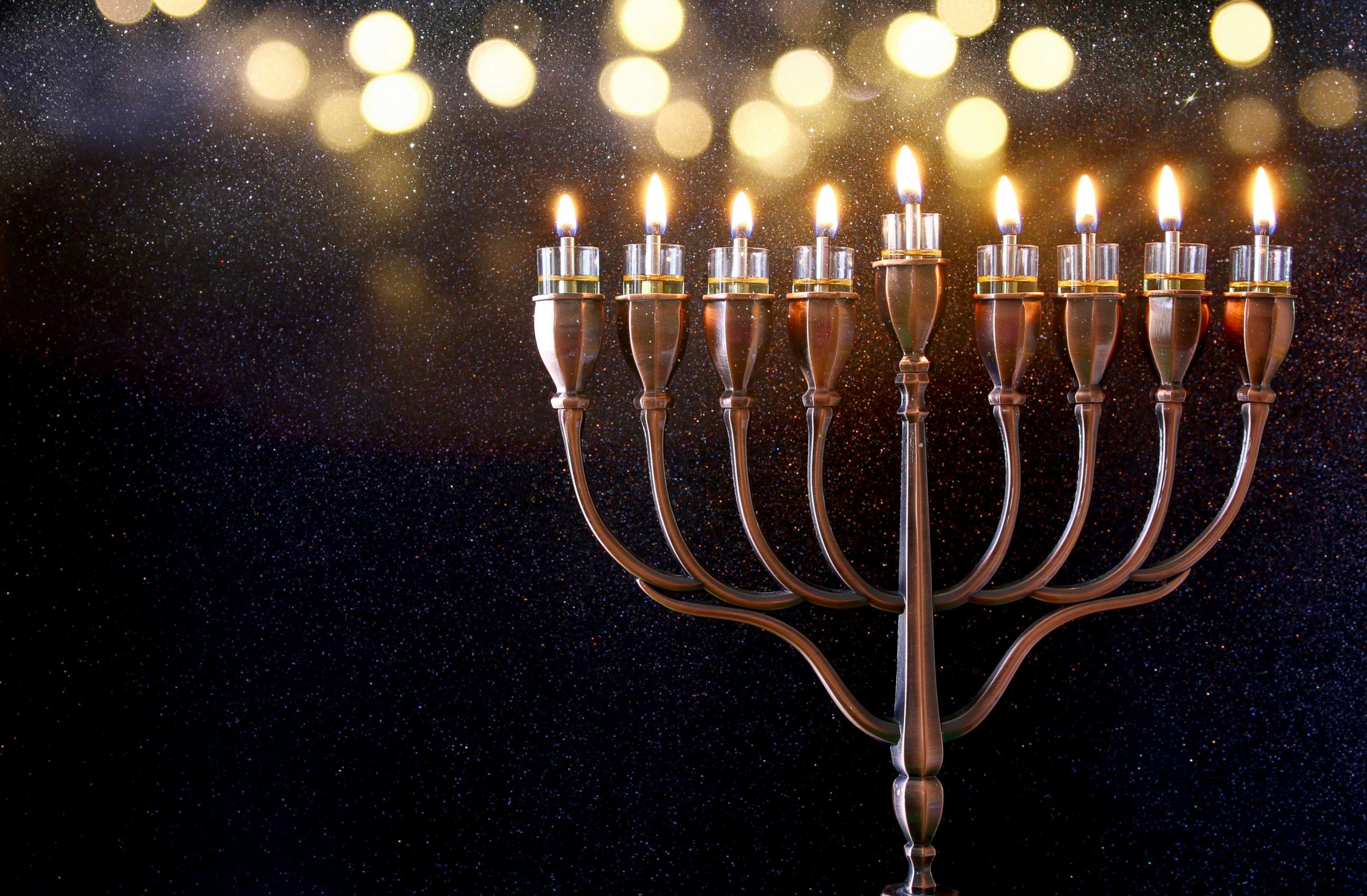
To honor the miracle of the holy oil, Jewish people eat foods fried in oil. Latkes or potato pancakes paired with applesauce and sour cream, or jelly doughnuts are favorites at Hanukah celebrations.
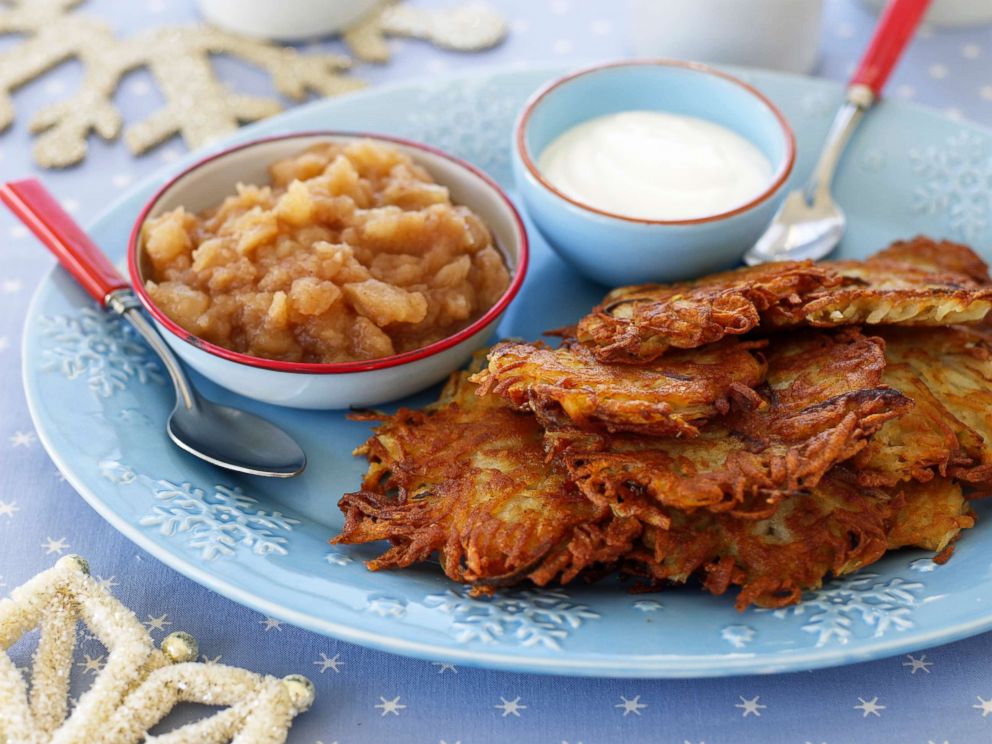

Gifts are often exchanged on each night of Hanukkah, though this is more of a modern tradition, which many believe is inspired by other winter holidays where gifts are exchanged like Christmas, Kwanzaa and Three Kings Day.
Hanukkah games
Jewish children play with a “dreidel,” a four sided spinning top with Hebrew letters on each side. The letters spell out an acronym for “a great miracle happened here” and include Nun, Gimmel, Hei and Shin. In this game, each player starts with the same amount of playing pieces, typically chocolate coins called “gelt,” which take the place of real money. Players take turns spinning the dreidel and follow the instructions indicated by the letter the dreidel lands on. To start, each player places one piece of gelt in the center pot.
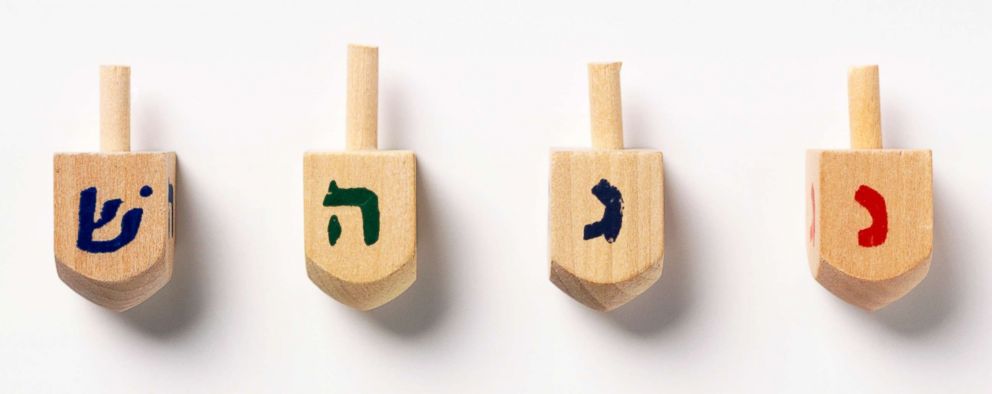
These are the instructions for each letter:
- --Nun: “nothing” Nothing happens
- --Gimmel: “everything” the player takes the whole pot
- --Hei: “half” the player takes half the pot
- --Shin: “put in” the player places one piece in the pot
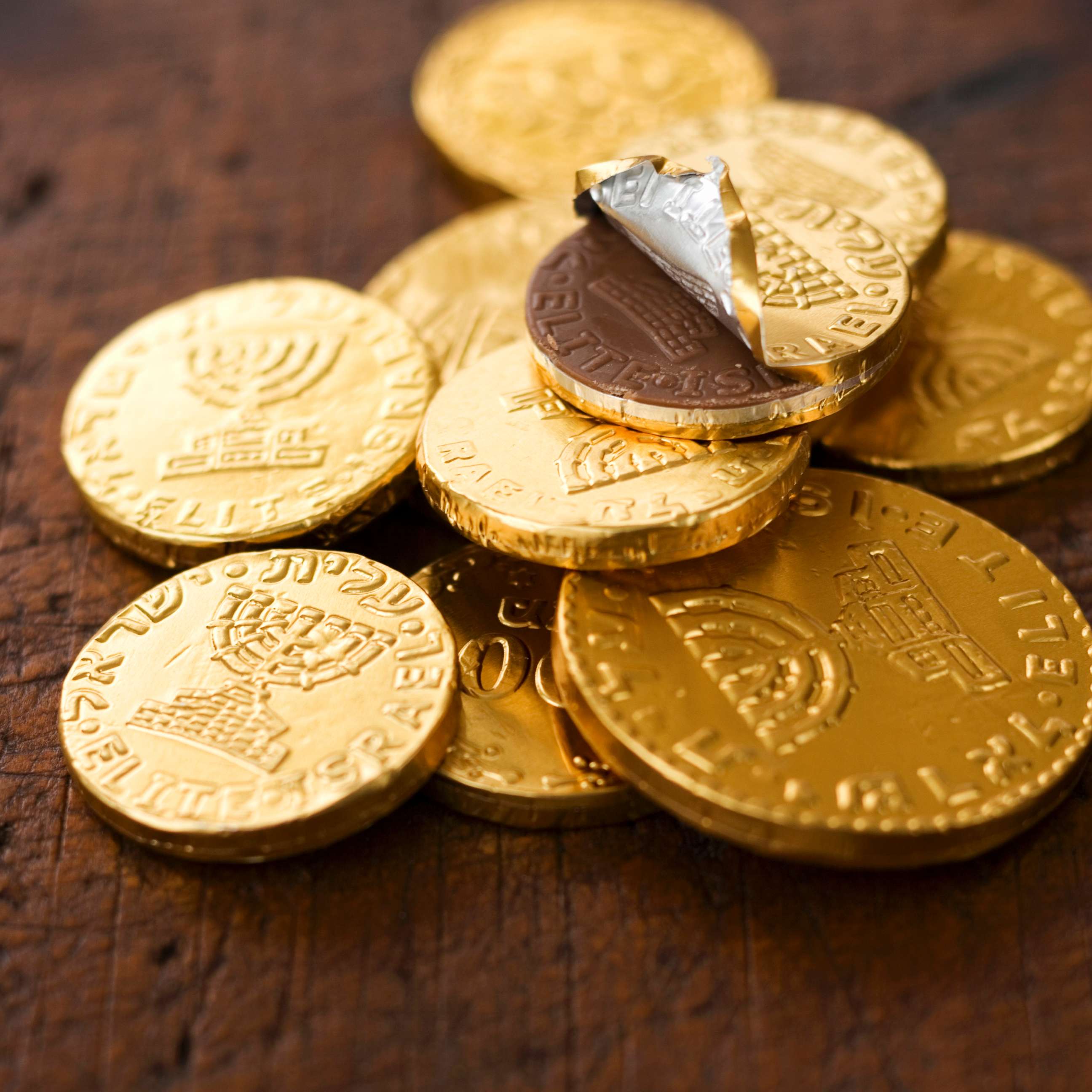
When a player is out of playing pieces, he or she may borrow a piece from a neighbor. The game is over when one player has all of the pieces.






